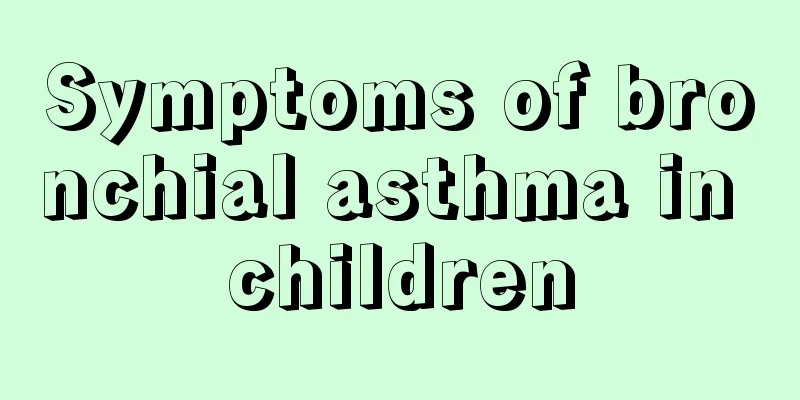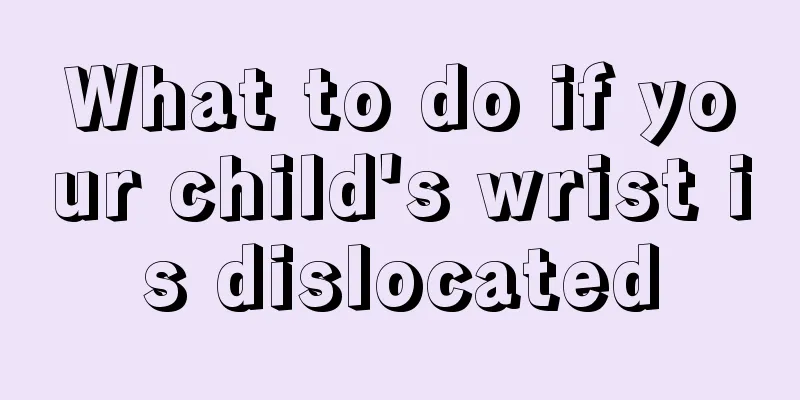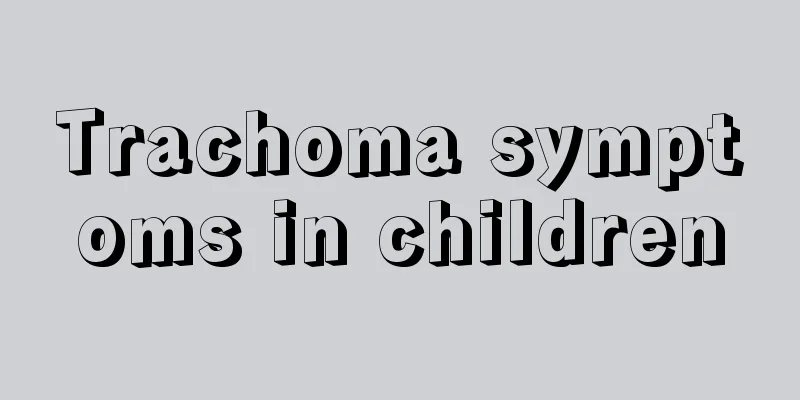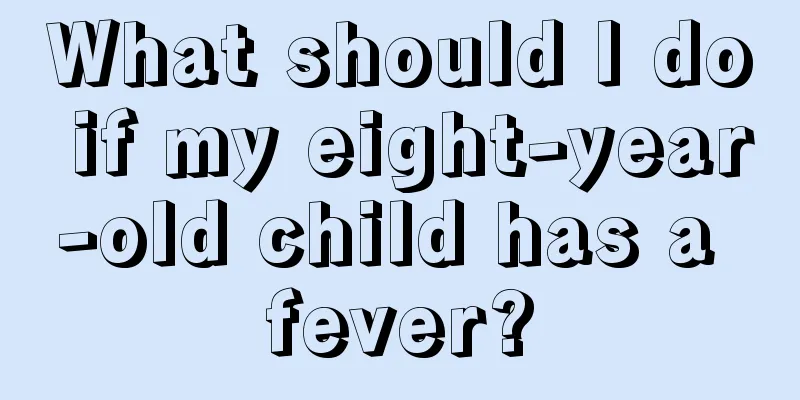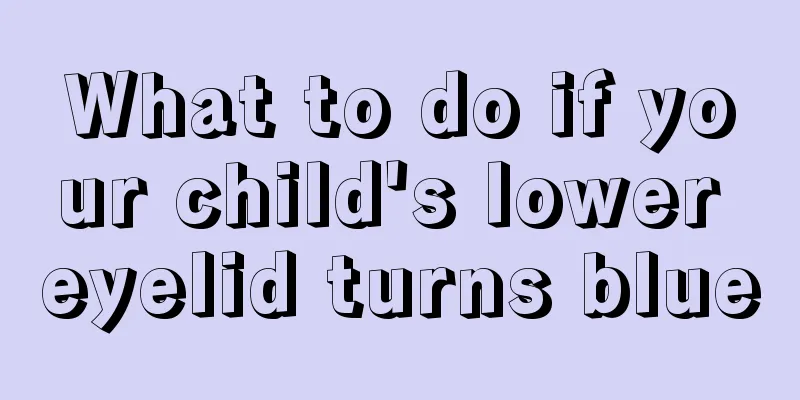Why does my child keep rubbing his eyes?

|
It is normal for children to rub their eyes, especially when they are sleepy, but it is not normal to rub their eyes all the time. When children often rub their eyes, parents must pay attention to it. There are many reasons for always rubbing eyes. One is that it is caused by getting angry, so a light diet is needed; the second is that there is eye inflammation, in which case anti-inflammatory drugs are needed; another possibility is that the child is allergic to something, and adults need to find the allergen in time. 1. Reasons why children always rub their eyes 1. May cause inflammation. 2. If you are lacking zinc, you can go to the hospital to check for trace elements. 3. If there is inflammation, it will get better with eye drops or ointment. 4. It is a habit, and this must be stopped. 5. If you are sleepy, be sure to wash your hands before feeding your baby. 1. When you have allergies, colds, or want to cry, you like to rub your eyes. 2. Harm of rubbing eyes There are always a lot of bacteria on your fingers, and when you rub your eyes, the bacteria will be sent to your eyelids. If too many bacteria enter, it will cause pink eye (acute conjunctivitis) and other diseases. If you rub chlamydia into your eyelids, it can cause trachoma. Furthermore, if sand is blown into your eyes by the wind, rubbing your eyes can push the sand deeper into your eyes, or even scratch the cornea on the surface of the eyeball. 3. Solutions 1. Tear duct obstruction During embryonic development, there is a layer of membrane at the exit of the tear duct, which will disappear naturally in the late embryonic stage or just after birth. If this membrane persists, the baby will always have tearful eyes and eye mucus 2 weeks after birth, making the baby feel uncomfortable and often rub his eyes with his hands. Solution: Go to the hospital for further examination and take medicine and massage according to the doctor's advice. The specific method is: Mommy cleans her hands first, presses the lacrimal sac on the inside of the eyelid with her thumb, and slides forcefully along the nose wing toward the nostril. Also, use antibiotic eye drops on time to reduce bacterial infection. 2. Conjunctivitis The whites of the eyes of babies suffering from conjunctivitis appear pink, and in severe cases, the eyelids and eyelashes are stuck together by secretions. The baby may like to rub his eyes at this time because the inflammation makes the baby feel itchy. Solution: Conjunctivitis is highly contagious, so if your baby has this disease, be sure to isolate him or her from other babies. Take your baby to see a doctor and treat it with some antibiotic eye drops or eye ointment based on the diagnosis. At the same time, mothers should pay attention to the daily cleaning and care of the baby's eyes. 4. Inverted eyelashes If it is because infants and young children have short and fat faces, their nose bridge has not yet developed, their eyelids (commonly known as eyelids) have more fat and thicker eyelid margins, it is easy for the eyelashes to curl inward and cause inverted eyelashes. In addition, most of their eyelashes are thin and soft, and they secrete more tears, which are also thicker. The thin and soft eyelashes dipped in tears will brush across the surface of the eyes, causing eye discomfort, but most of the time it will not cause damage to the eyes. Solution: As the baby grows older, the face becomes longer, and the nasal bones develop, most inverted eyelashes can be restored to their normal position. If trichiasis causes punctate exfoliation of the corneal epithelium, it should be treated. |
<<: The child always blinks hard
>>: What medicine should children take for pharyngitis?
Recommend
What should infants and young children eat if they are zinc deficient?
When children are zinc deficient, it is difficult...
What should I do if the fetus has unilateral choroid plexus cyst?
Some pregnant women went to the hospital for an u...
Right popliteal cyst
Popliteal cysts usually occur in children. This t...
What to do if your 2-year-old baby has vomiting and diarrhea
For babies, their bodies are in a critical period...
What to do if there are worm spots on the baby's face
Worm spots are medically known as pityriasis alba...
Red spots on the child's body
We all know that children's skin is very frag...
What to do if children have a headache
Headaches in children are quite common in our liv...
How to treat acute laryngitis in children
A sore throat is a precursor to a cold for adults...
How to stop a child's nose bleeding
Children's resistance is inherently lower tha...
What should I do if my child doesn’t get up in the morning?
It may be because the child went to bed too late ...
What to do if your child has astigmatism
When children suffer from astigmatism, they often...
What medicine should children take after fever and cough
Since children have weaker immunity than adults, ...
How to make healthy recipes for children?
As the saying goes, food is the most important th...
Foods that are good for children's lungs
Nowadays, children are the treasures of the famil...
What to do if your baby has a low temperature after the fever subsides
There is probably no baby in the world that does ...



